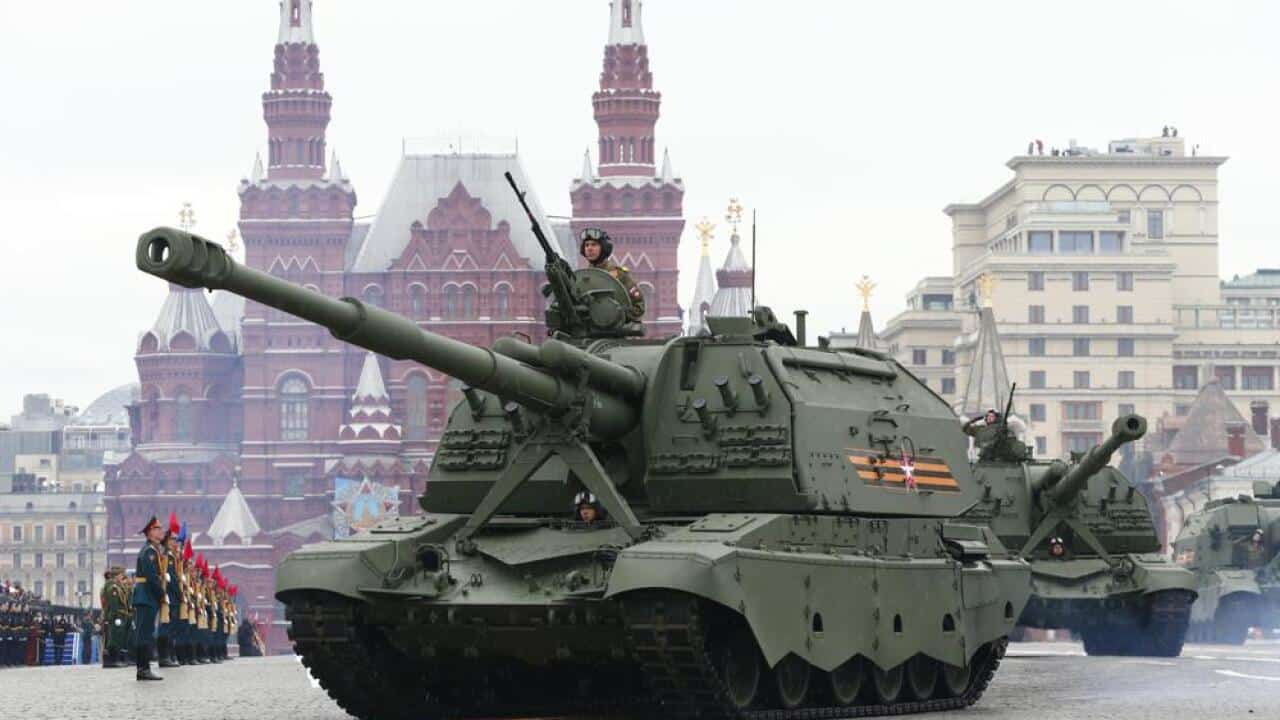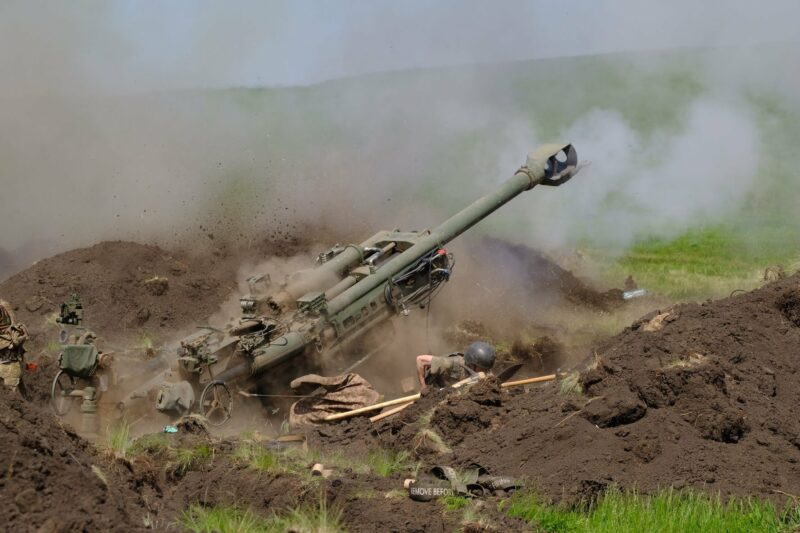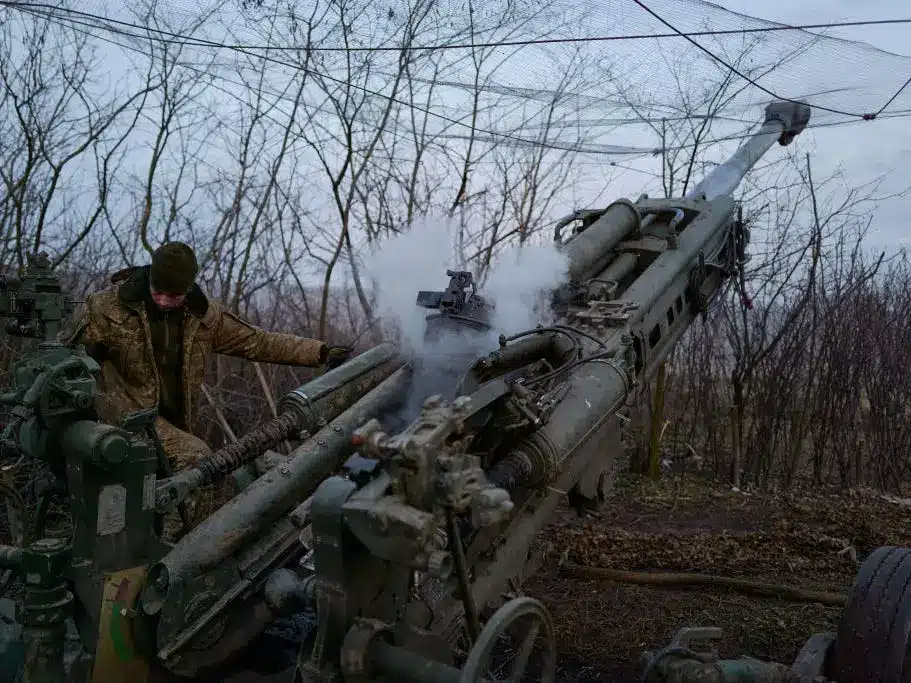“We have witnessed the end of the effectiveness of towed artillery.” These are the words that General James Rainey, head of the US Army Futures Command, spoke at the Global Force symposium of the Association of the US Army.
According to the American general, despite the recently announced abandonment of the super-cannon from the Extended Range Cannon Artillery (ERCA) program, the US Army is preparing for major transformations in terms of artillery, but is now turning away from the towed artillery, judged, not without objective reason, too vulnerable.
In this section:
The war in Ukraine has put artillery back at the center of air-land combat
As was the case with tanks and mechanized infantry, artillery has been neglected by many armies, particularly in the West, over the past 30 years. Thus, the majority of NATO armies, including the US Army, still use, today, artillery systems designed during the Cold War, such as the American M109, the British AS 90, or the 2S3 and Soviet 2S19 in Eastern Europe.

Engaged in asymmetrical theaters, facing adversaries with little artillery and no aviation, these armies evolved from fire support provided by artillery, to that provided by aviation or helicopters. fight. Even in relatively intense theaters, such as Iraq or Syria, Western air supremacy, like Russia's in Syria, has never been called into question.
The war in Ukraine has profoundly disrupted these paradigms. Although it has a much smaller air force, Kyiv has, in fact, managed to contain, for more than two years, Russian air power and its thousand combat and attack aircraft, using of a dense and effective air defense network.
It was the same, moreover, concerning the Ukrainian air forces by the Russian DCA. Both air forces were forced, by these anti-aircraft defenses, to operate at a distance from the line of engagement, whether combat planes or attack helicopters, making close air support much more difficult. .
This function fully fell to the artillery, as required, moreover, by Soviet doctrine. It very quickly became the pivot of the balance of power in the war in Ukraine, with the number of tubes available as a yardstick, as well as the stocks of 152 and 155 mm shells.
Towed artillery too vulnerable to counter-battery and drones
If artillery has regained its decisive role on the battlefield in Ukraine, it has also paid a heavy price for its intensive use over the past two years. Thus, according to the Oryx website, 350 towed artillery systems, 700 self-propelled systems and more than 360 Russian multiple rocket launchers have been destroyed, damaged or abandoned since February 2022, i.e. half of the theoretical inventory of Moscow's armies, at the start of the conflict.

There are 75% of this article left to read, Subscribe to access it!
The Classic subscriptions provide access to
articles in their full version, and without advertising.
Meta-Defense celebrates its 5th anniversary!

- 20% on your Classic or Premium subscription, with the code Metanniv24
Offer valid from May 10 to 20 for the online subscription of a new Classic or Premium, annual or weekly subscription on the Meta-Defense website.


